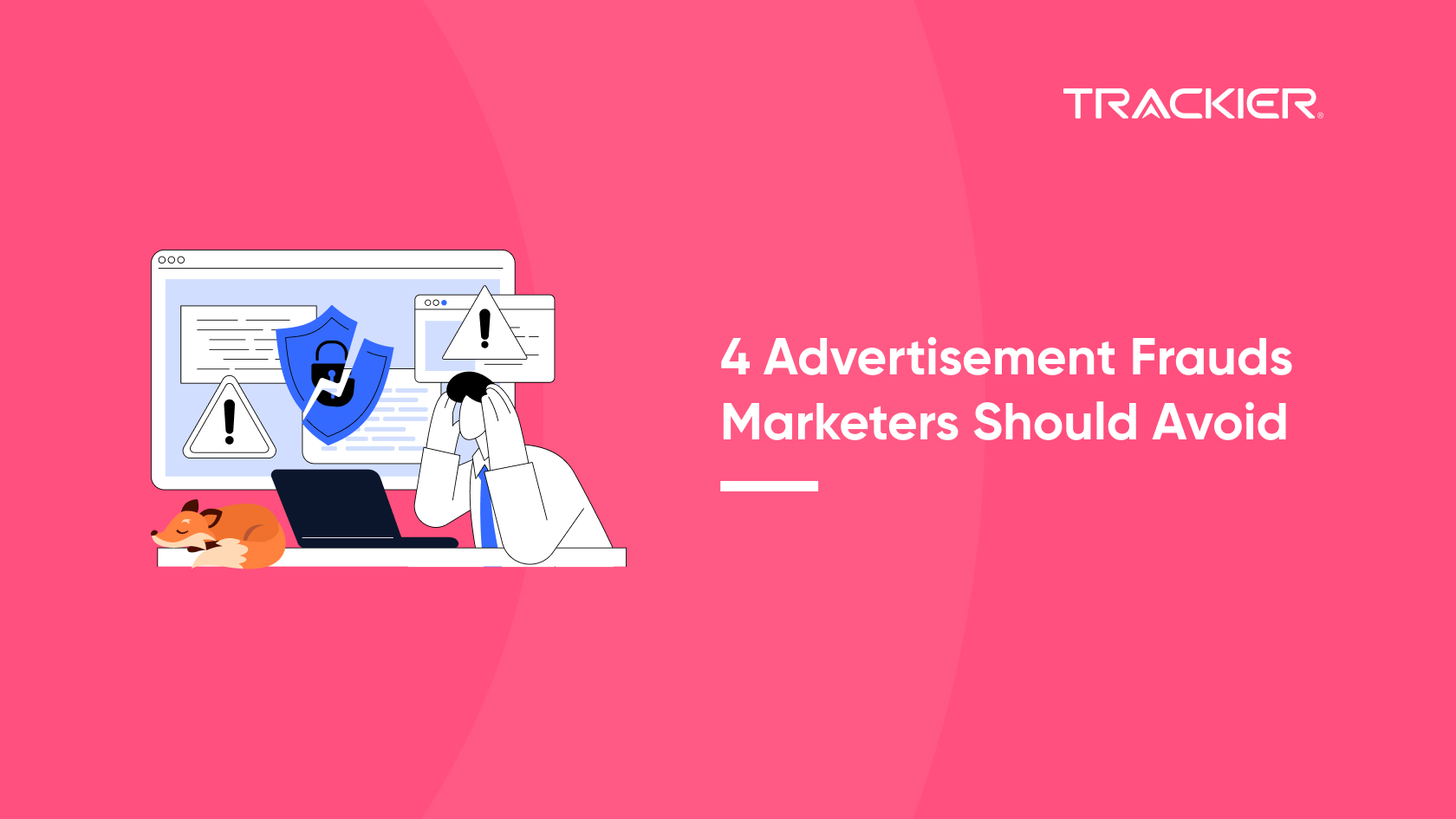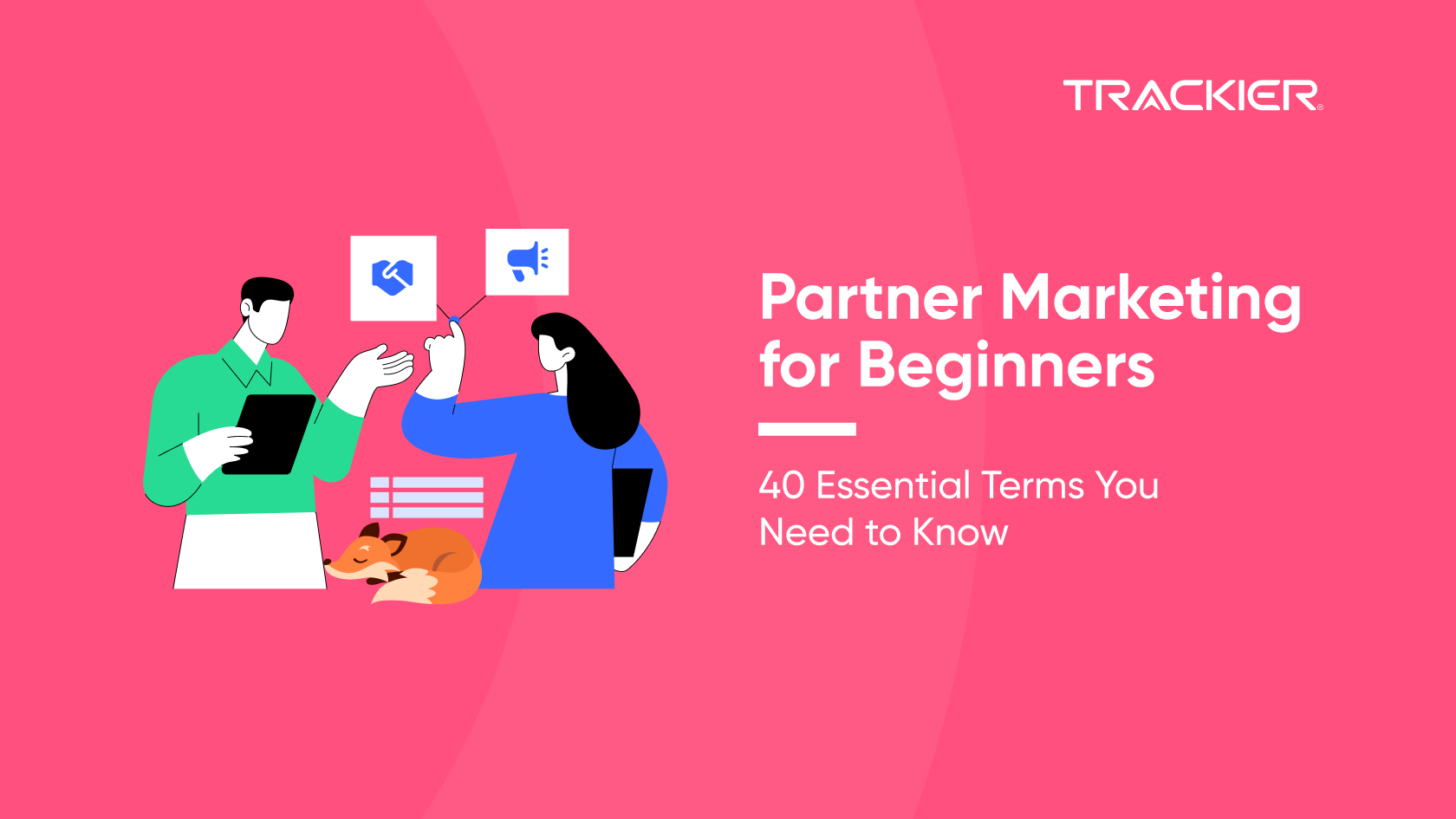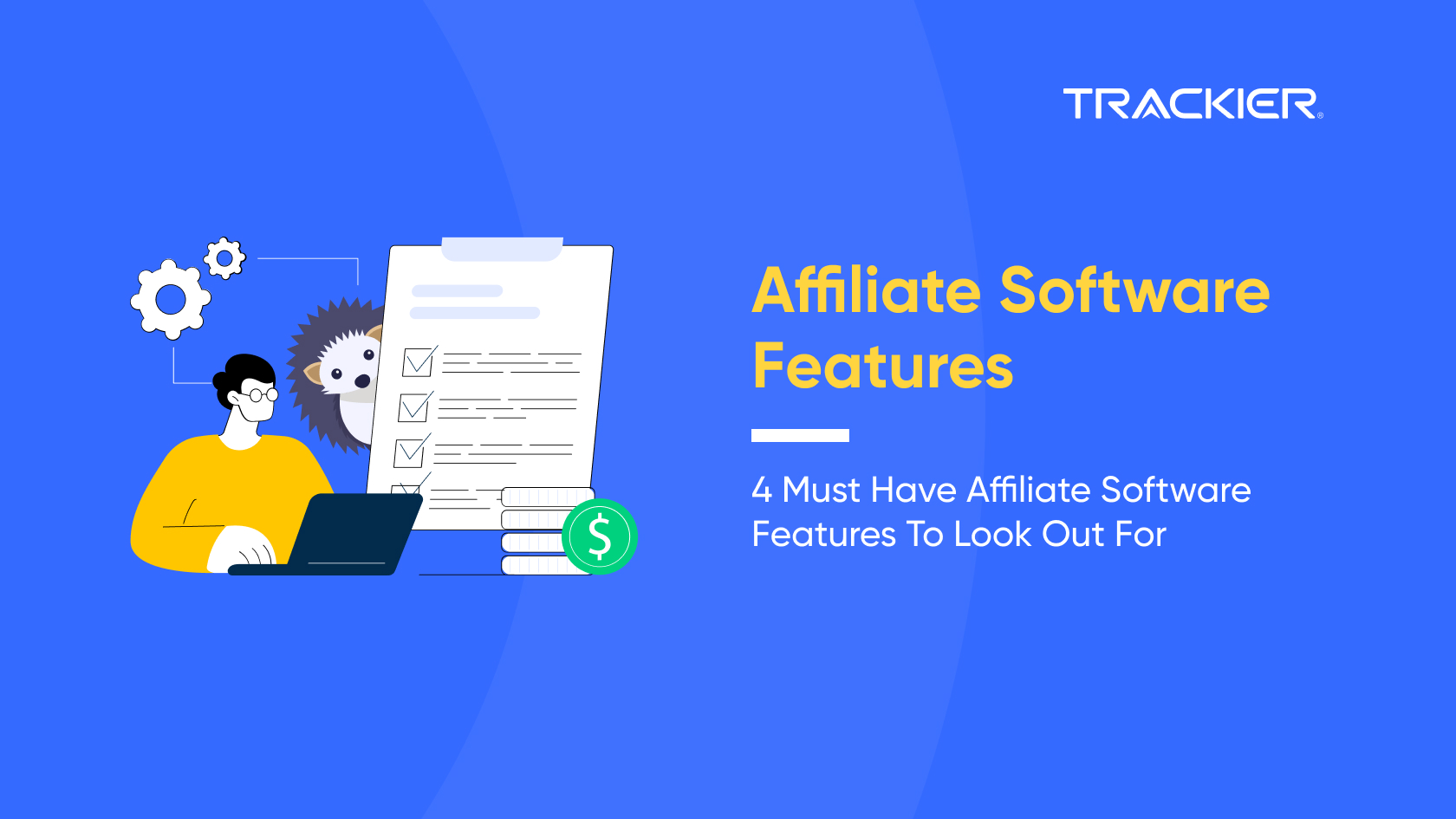Unfortunately, fraud is everywhere and what’s more alarming is that it can destroy your business slowly without you even knowing it. It’s one of the endless issues that you should never ignore. Several tools can help you combat fraud, but it’s important to know the different kinds of fraud marketers first.
Click fraud
The fraudster will take the credit if the user installs the application. What’s more alarming is that there isn’t a way to raise a warning flag, because it’s not a robot, but rather a real human who is really interested in installing the application in the first place.
Context fraud
Context fraud on the other hand only occurs when the advertisements are displayed on the wrong platform or even in a wrong environment. Even if an advertisement is presented in an environment that receives heavy traffic but is the opposite of the target demographic of the marketer, then it’s rendered useless. Sometimes it is also regarded as the compliance fraud considering the fact that advertisements are being presented in the wrong context.
Install fraud
Install fraud are also known as false impersonation wherein it mimics the behaviour of a real human. This kind of fraud is used in scaling a user base that would soon drive up the costs to the poor marketer. Users are not interested in anything about the application. Most of the times its just humans who have a suspicious intent about something or bots that are producing this kind of traffic. Most humans are paid to install and uninstall an application to make it appear as if someone is using it and stay under the radar. The application’s purpose is defeated because they are not using it in the first place. They only wanted to generate real traffic to a particular application.
Now, these major types of frauds are the one most marketers are battling with. Now that you are well aware of these existing frauds, the first thing that you should know is get to know your enemy before you make a move. Knowing the mechanisms between each fraud is helpful in determining your opponents and taking down an ad fraud that can hurt your business.
You might also want to consider investing in some security tools that can help you battle with these tremendous ad frauds before it can affect your business negatively. Determine the type of fraud that you are dealing with first before you use a tool to make sure that you’ll be able to take them down properly and avoid losing your precious time and money in the long run. Check Trackier’s fraud management feature.
Cookie Fraud
Cookie fraud, also know as cookie stuffing is one of the most prominent fraud faced by E-commerce platforms in the recent times while working with CPA platforms. The Cookie stuffing or Cookie dropping fraud accounts for 60% fraud in the affiliate marketing industry. In this fraud the fraudulent affiliate forcefully installs affiliate cookies by using means such as Popup, JavaScript, iFrame, Image, PHP Script on as many devices as possible. After this affiliate cookie is dropped & if the customer buys anything from the website then the customer order id will be passed to the CPA partner platform & fraudulent affiliate will claim the commission for the sale.








